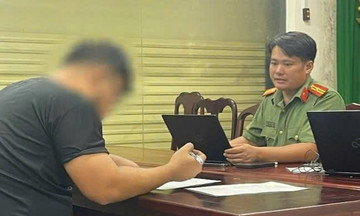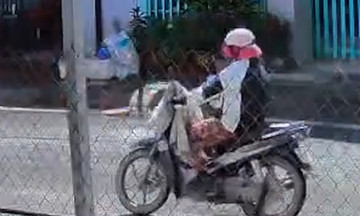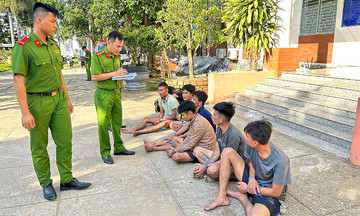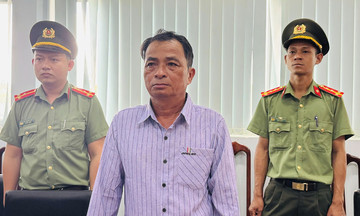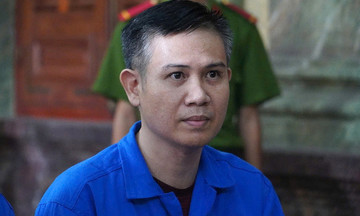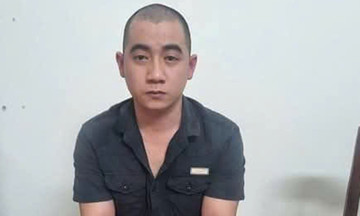On 20/8, Hong Kong police announced the arrest of six men and four women for allegedly operating an online group that sold upskirt photos of women.
Police discovered over 15,000 illicit photos and videos within the chat group, including approximately 2,000 images of female students in uniform.
The 10 suspects, aged 20 to 62, include an unemployed couple believed to be the ringleaders. Four suspects were responsible for taking the photos and videos, while the remaining four, family members, lent their bank accounts to the couple for processing payments.
The group allegedly earned 4 million HKD (512,000 USD) over three years.
The group attracted members by operating a free public channel featuring pornographic content. For full access, users could pay a one-time fee ranging from a few hundred to 2,000 HKD for VIP membership.
The chat group had nearly 9,000 members, with about 800 paid VIP members.
What are the penalties for upskirting?
Since October 2021, voyeurism, including secretly recording sensitive body parts and publishing intimate images without consent, has been criminalized in Hong Kong. This includes secretly observing private activities like changing clothes or engaging in sexual acts.
Between October 2021 and June of this year, police recorded nearly 1,400 cases of illegal filming, accounting for almost 60% of voyeurism-related offenses.
Upskirting, a form of illegal filming, carries a maximum penalty of five years in prison. Publishing these images without consent, even if initially taken with consent, also carries a maximum five-year sentence. Selling such photos online can lead to prosecution under the Control of Obscene and Indecent Articles Ordinance, with penalties of up to one million HKD and three years imprisonment.
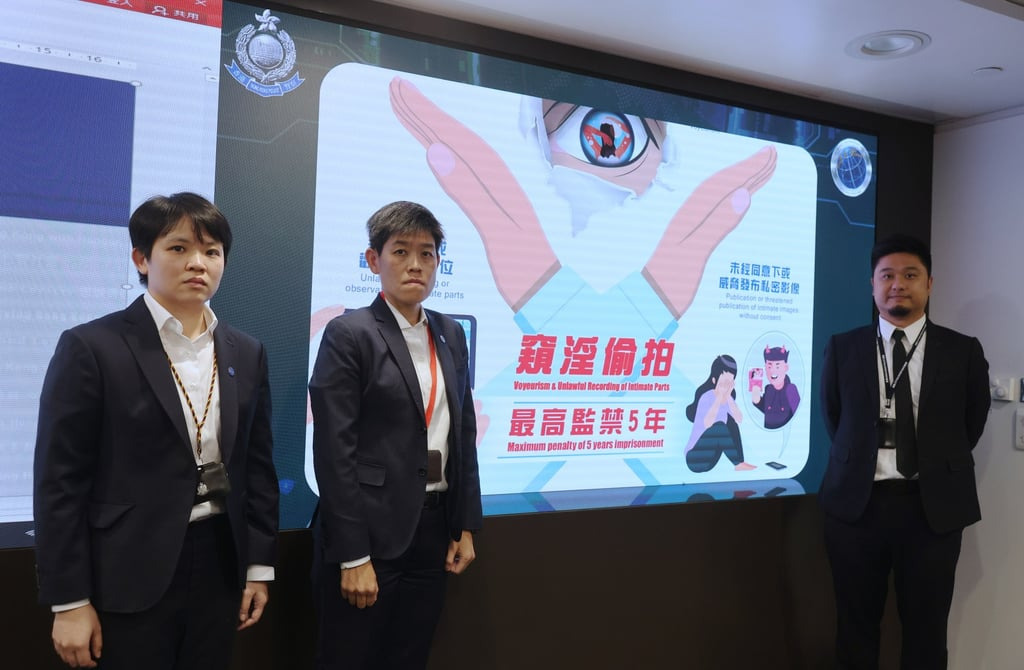 |
Police at a press conference regarding the arrest of 10 individuals for allegedly operating a social media group selling upskirt photos. Photo: SCMP |
Police at a press conference regarding the arrest of 10 individuals for allegedly operating a social media group selling upskirt photos. Photo: SCMP
How can individuals protect themselves?
If you suspect someone is taking upskirt photos of you in a public place, create physical distance by moving away.
According to the Association Concerning Sexual Violence Against Women, seeking help from passersby or security personnel is often better than confronting the perpetrator directly. Additionally, gather evidence by photographing or videoing the suspect and their device, if possible. Note the location, time, and other relevant details.
If private images are posted online, victims should report the content directly to the platform for removal. Reporting the incident to the police can help protect other potential victims. However, the decision to involve law enforcement rests with the victim.
How to intervene when witnessing such acts?
If you witness someone taking non-consensual intimate photos, prioritize safety and assess the situation.
The Association Concerning Sexual Violence Against Women suggests using non-verbal cues, such as eye contact, to alert unaware victims. A simple, non-confrontational action can disrupt the offense. Recommended tactics include helping the victim leave the area, for example, by saying, "It's crowded over there; could you move over here?" You could also create a physical barrier by standing between the perpetrator and the victim to block their view.
Alerting authorities, such as bus drivers, subway staff, or security guards, and helping the victim preserve evidence are also helpful actions.
In Hong Kong, several non-profit organizations and crisis centers, like RainLily, offer support to victims. RainLily provides a hotline, online support, assistance with police reports and medical services. They also help victims report and remove private images shared online without consent.
Tue Anh (SCMP)



